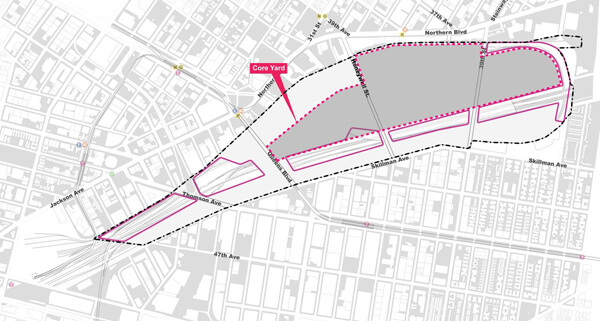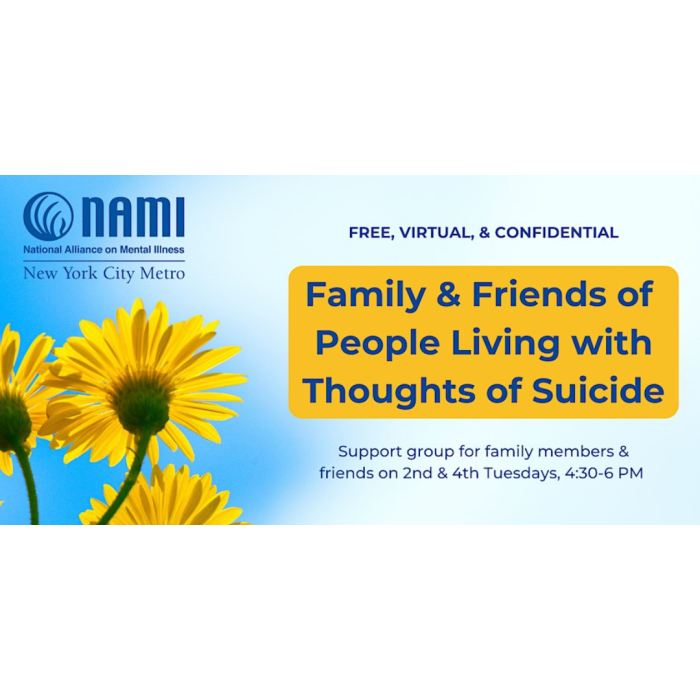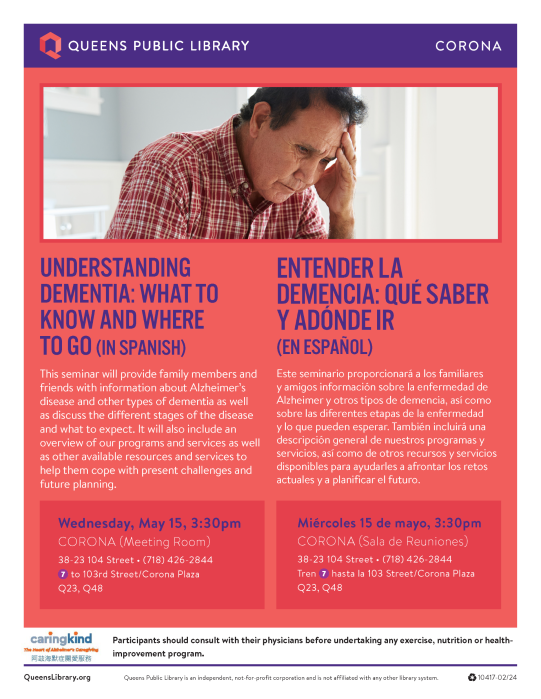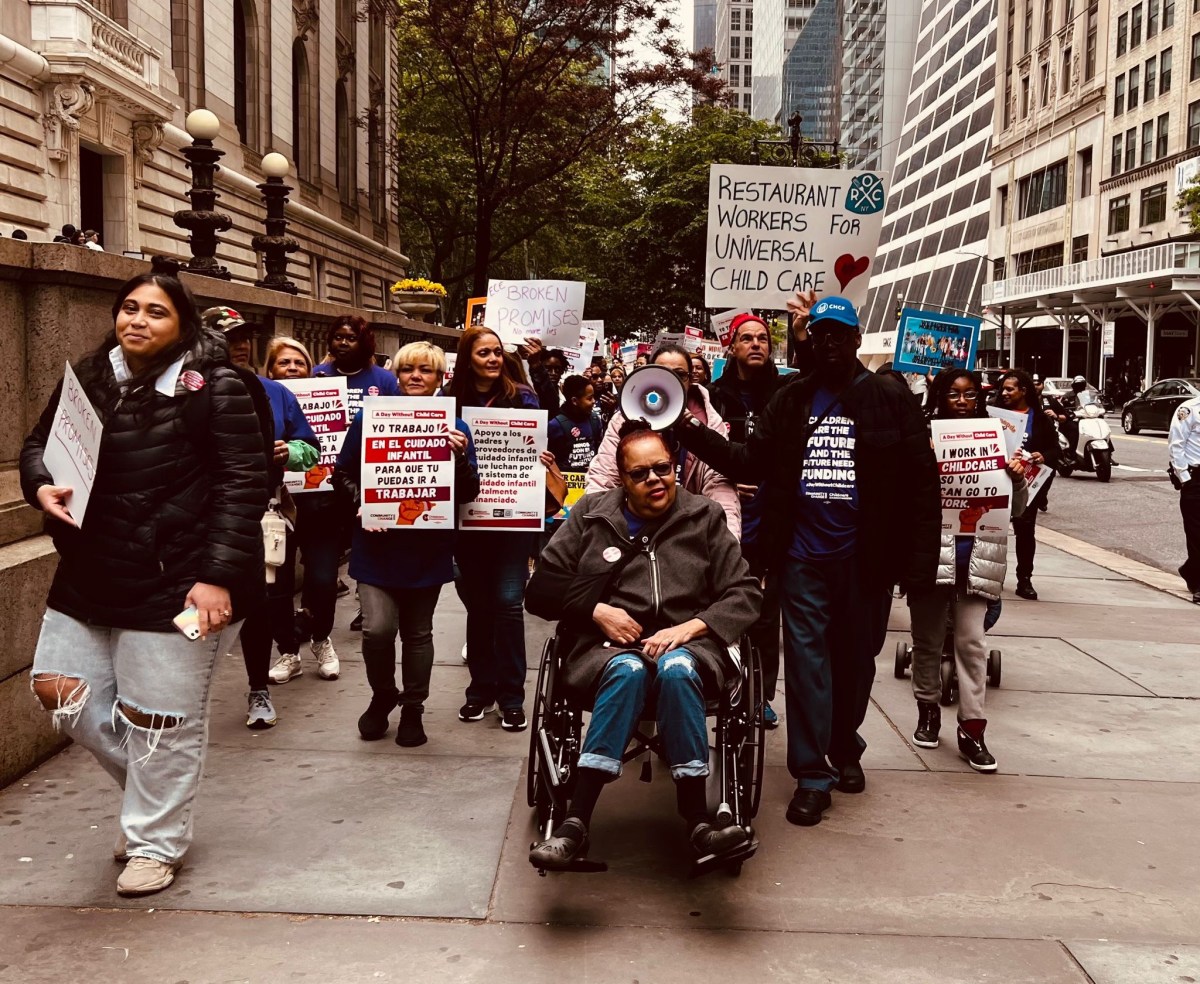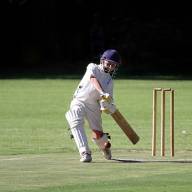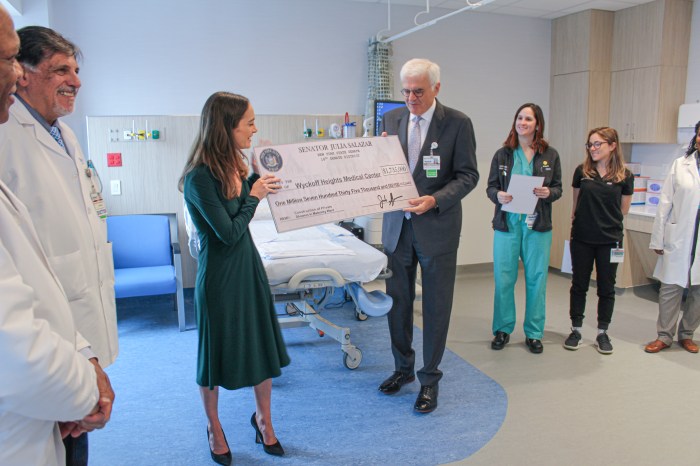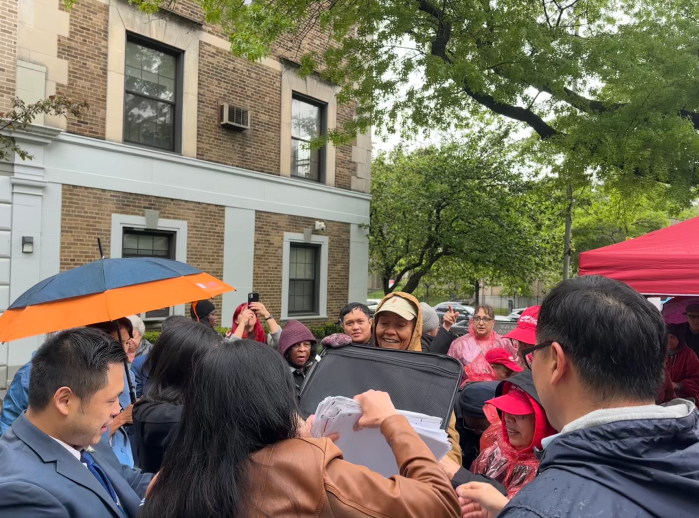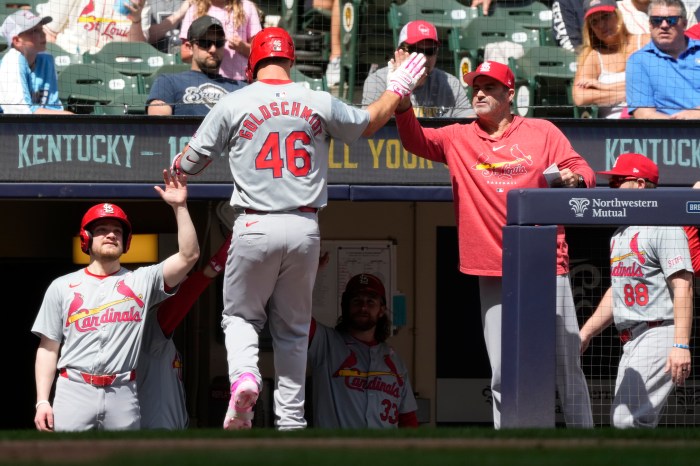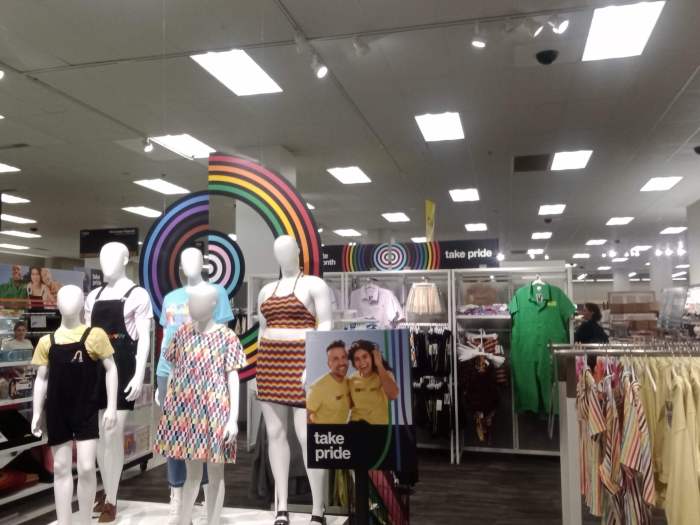By Bill Parry
The long-awaited feasibility study of Mayor Bill de Blasio’s proposal to create a new neighborhood above the Sunnyside Yards was met with skepticism from elected officials in western Queens when it was released Feb. 6. State Assemblywoman Catherine Nolan (D-Long Island City) posted the report on her Facebook page and urged residents to study the 206-page analysis that was nearly a year and a half in the making.
“I invite our community to read it and form their own opinions, which I hope they will share with me,” Nolan said. “I continue to oppose this level of large-scale development in western Queens.”
The massive project would deck-over large portions of the 180-acre active railway yard and build as many as 24,000 residential units, with 30 percent of them affordable costing between $16 billion and $19 billion , according to the study commissioned by the New York City Economic Development Corporation.
“This is a potentially a big project with enormous ramifications. I invite Mayor de Blasio to come out to western Queens and hold a town hall with my constituents,” City Councilman Jimmy Van Bramer (D-Sunnyside) said. “He can use this as an opportunity to explain what the administration hopes to accomplish, and solicit necessary community feedback from the residents of western Queens. I would gladly join him at such an event and share what I know will be many of my constituents’ concerns. Let me be clear: This plan will be voted up or down at the City Council, and I won’t support anything that isn’t right for our community.”
State Sen. Michael Gianaris (D-Astoria) added his concerns after reading the feasibility study.
“Any future development must ensure adequate infrastructure to handle our growing population, including additional schools, parks and open spaces, and vastly improved mass transit, particularly on the 7 line,” he said. “I will intensify my efforts to see these needs addressed before thousands of new residents are added to our neighborhood and I will not support any plan that does not have the community’s approval.”
The city is planning to begin conducting community outreach this spring. The feasibility study is only the first stage in a multi-step, multi-year, planning process that will be needed to realize a project of this scale and complexity, according to the NYCEDC.
The report identifies a “Core Yard,” which could provide up to 70 acres of developable land for the initial phases of development at a total project cost of $10 billion for decking, buildings and other infrastructure, according to the NYCEDC. The study presents three test cases for development, the first mainly residential with up to 24,000 units.
The second test case is a combination of residential, commercial and retail space, while a third test scenario would not have the commercial space, opting instead for cultural and retail space that would draw visitors to the new neighborhood.
“Sunnyside Yard represents one of our greatest opportunities to invest in the affordable housing, good jobs, open space and public transit western Queens needs,” Deputy Mayor for Housing and Economic Development Alicia Glen said. “Working with independent engineers, Amtrak and multiple agencies, we have taken a hard look at what it will take to build over the Yard. It’s challenging, but it’s both physically and financially feasible. We look forward to bringing these results back to the community, elected officials, and other stakeholders as we explore this incredible opportunity to connect neighborhoods and build a stronger city.”
Construction would be in phases with the first beginning near Queens Boulevard and leveraging the area’s proximity to transit. Development would progress east towards Steinway Street and Northern Boulevard. Zones near Sunnyside Gardens would be developed last, according to the study. The highest densities and tallest structures would be located in the central portion of Sunnyside Yard, stepping down levels of density and height in the southeast to be more in scale with the low heights of homes in the Sunnyside Gardens Historic District.
Sunnyside Yard is one of the busiest in the nation used by Amtrak, New Jersey Transit and the Long Island Rail Road, which led Gov. Andrew Cuomo to reject the plan immediately after the mayor presented it in 2015.
Nearly the entire area of the “Core Yard” is currently owned and controlled by Amtrak, which provided significant input for the study.
“While additional analysis is needed, we are pleased to have taken this important step forward,” Amtrak Board Chairman Tony Coscia said. “The Yard plays a crucial role in the daily operation of Amtrak’s Northeast Corridor and any future use must take that into account. We look forward to continued collaboration with the city of New York, MTA and other stakeholders to explore possibilities for this very unique and complex site.”
The feasibility study is only the first stage in a multi-step, multi-year planning process that will be needed to realize a project of this scale and complexity, according to the NYCEDC. The deputy mayor warned last month the Sunnyside Yard project would be long term.
“Any major project which is of infrastructure and a neighborhood building effort transcends administrations, and it is going to be a decades-long effort,” Glen said. “But we are committed to continuing to evaluate it and see where we can make concrete progress.”
Reach reporter Bill Parry by e-mail at bparr

